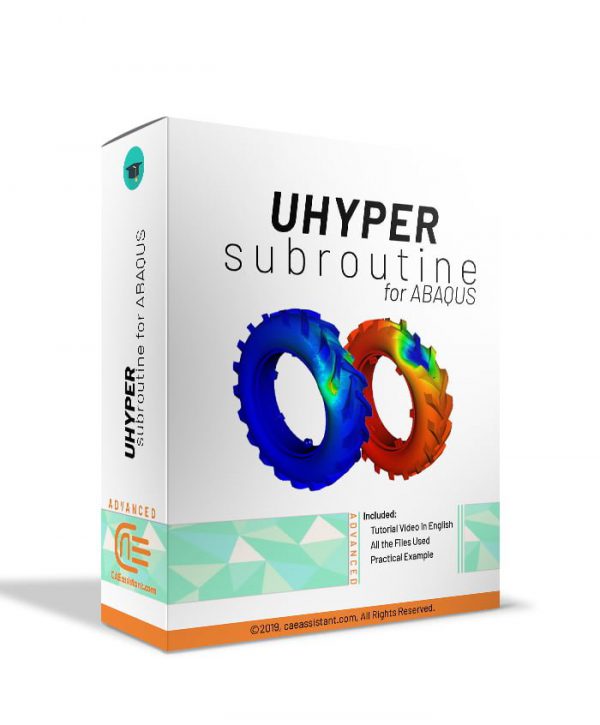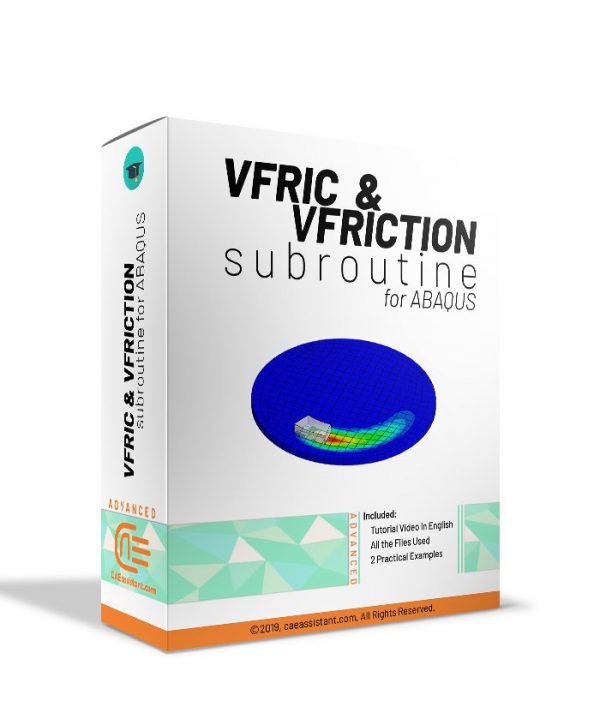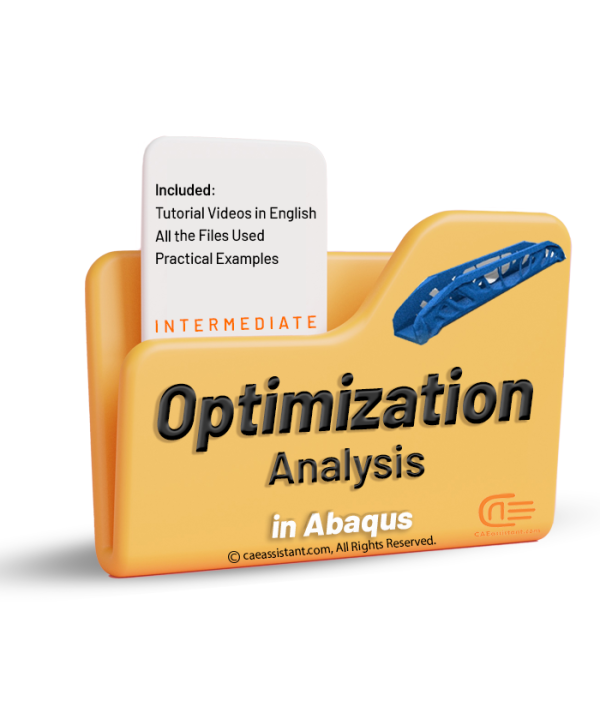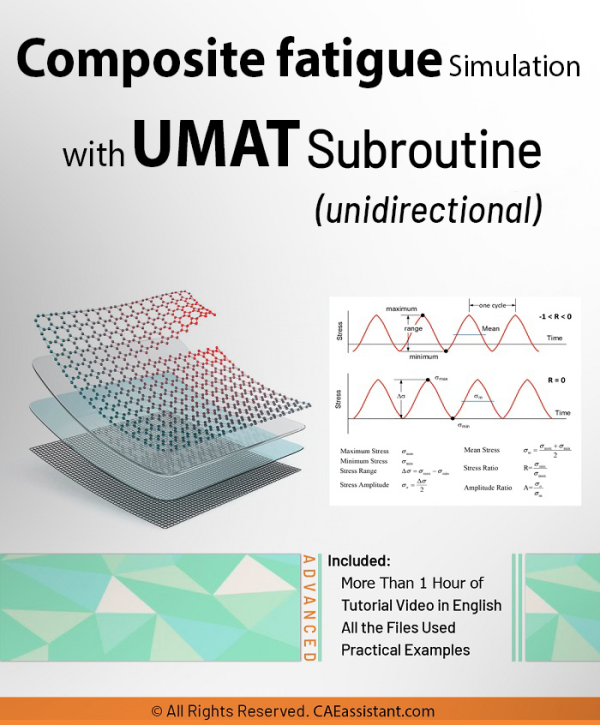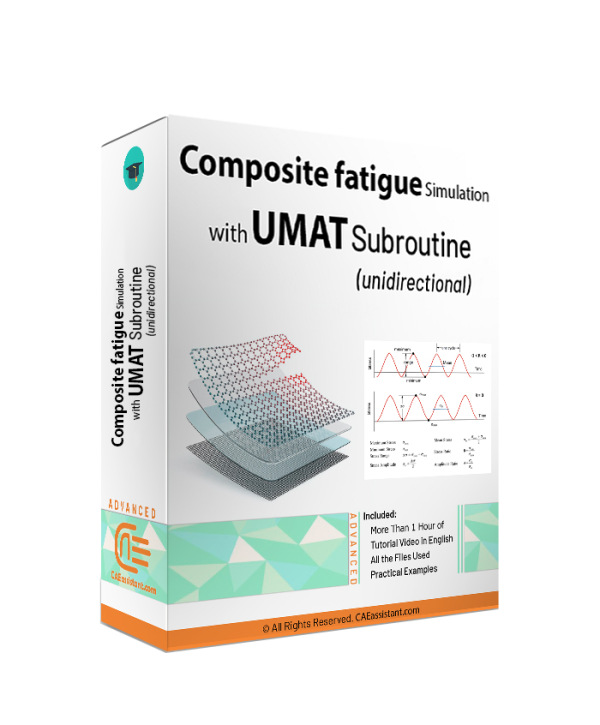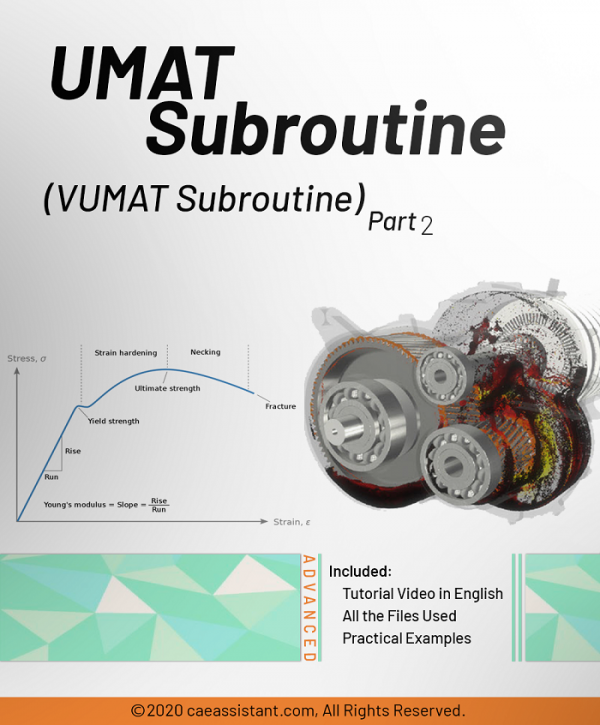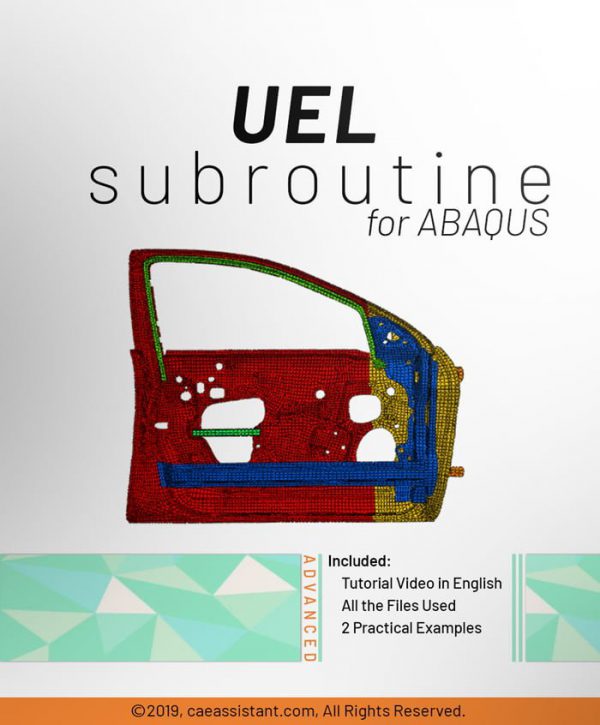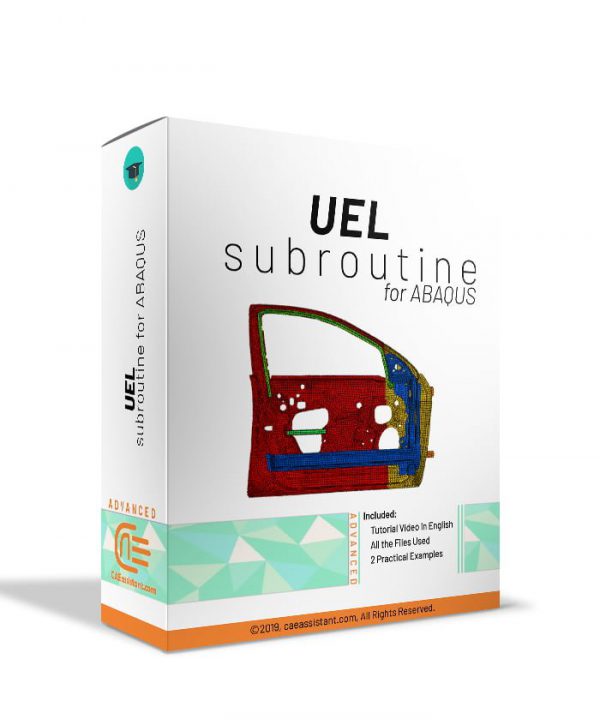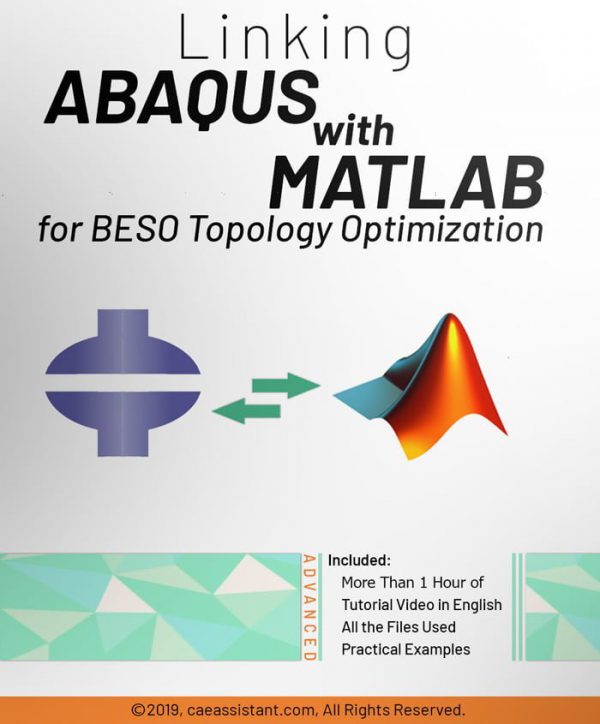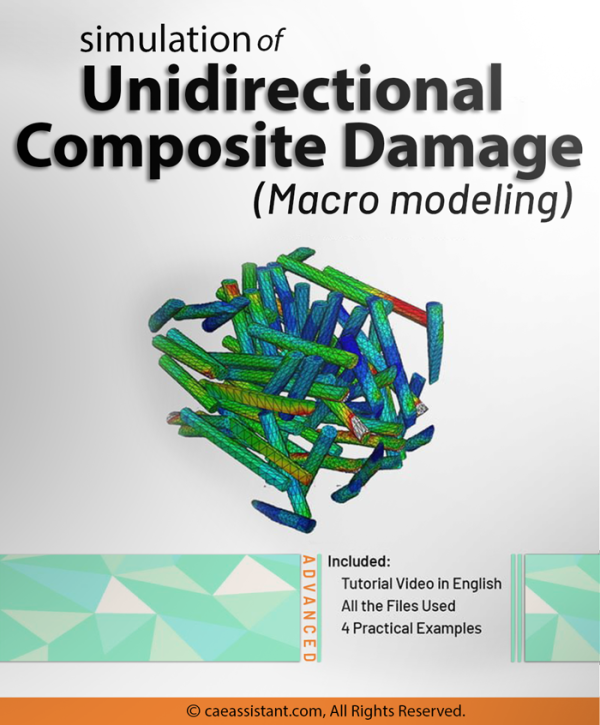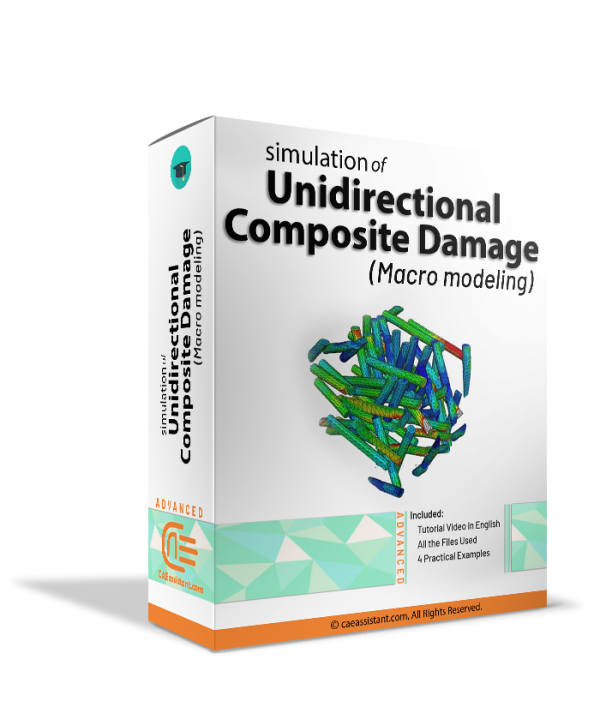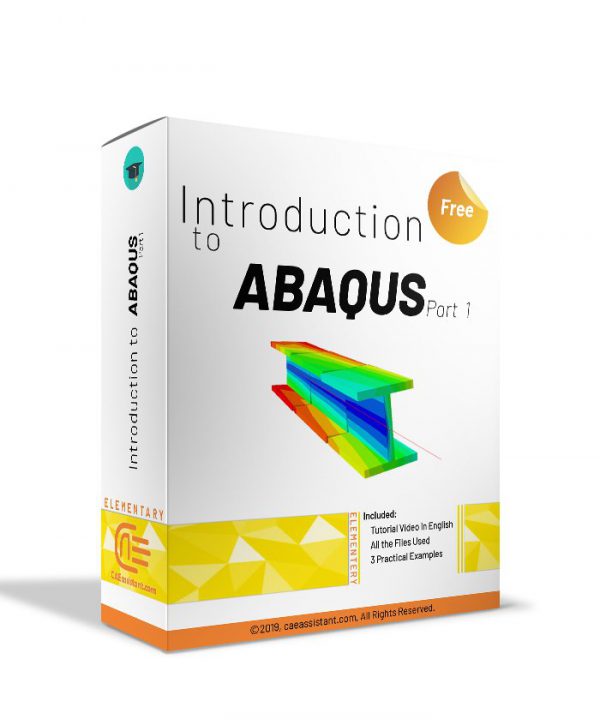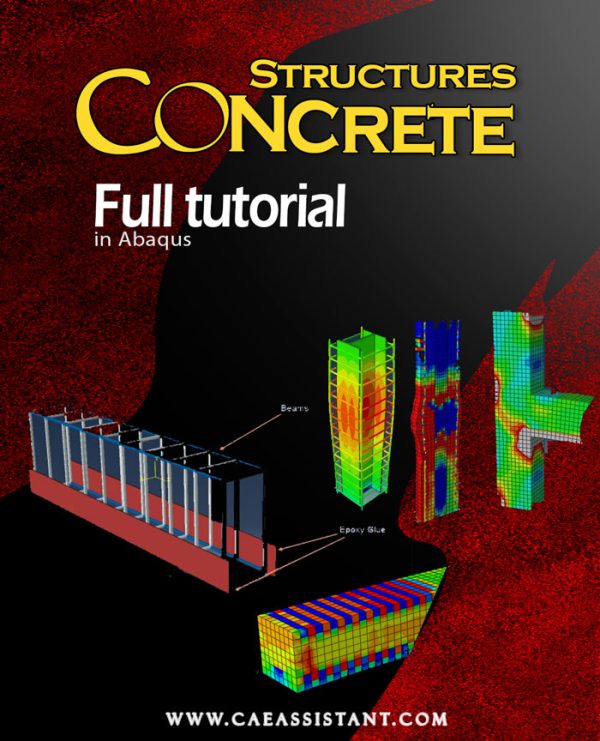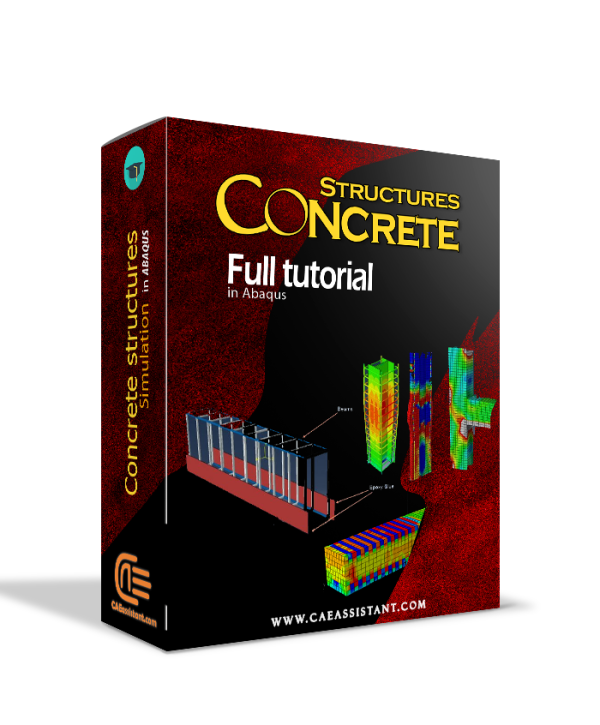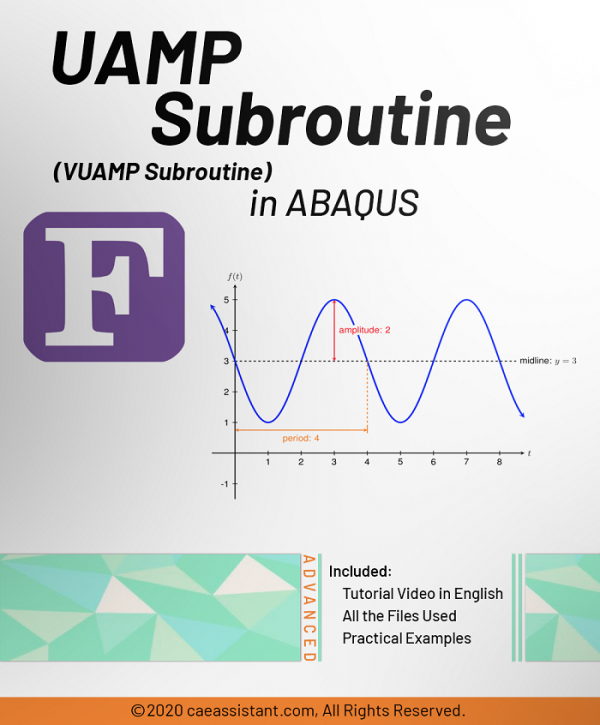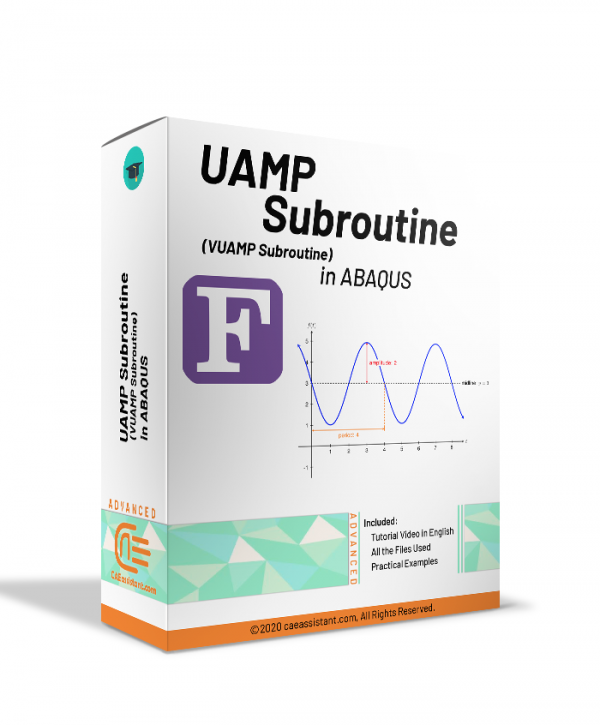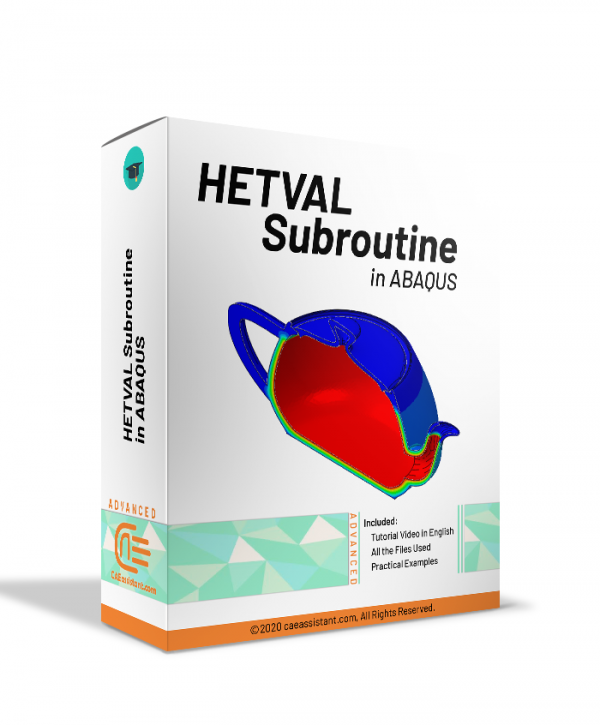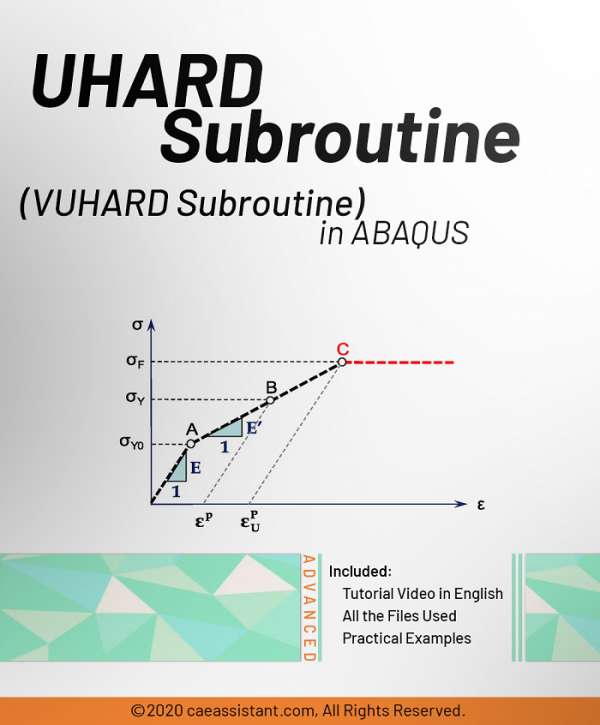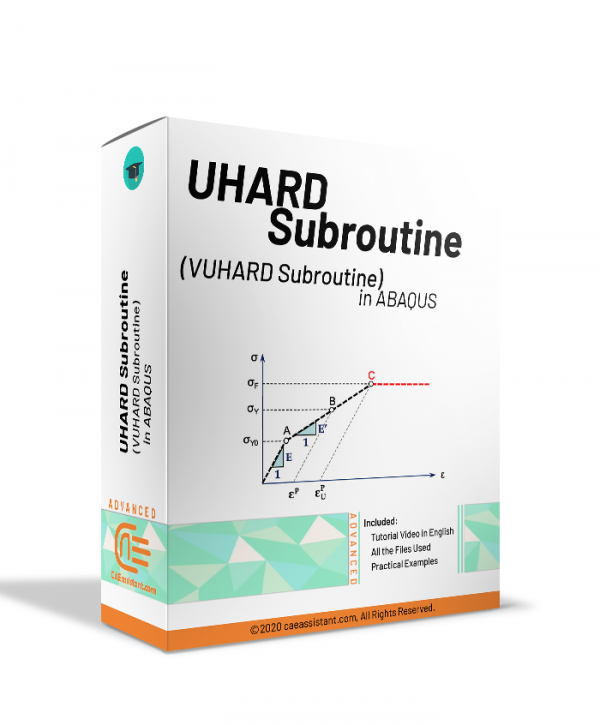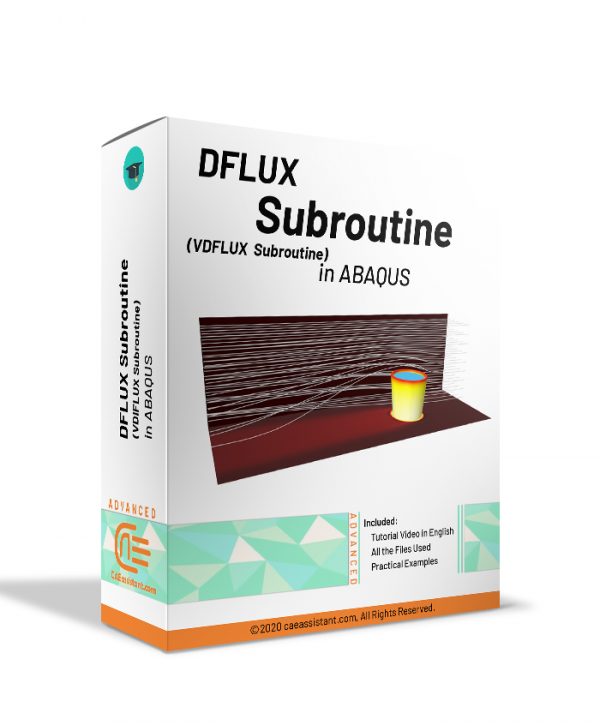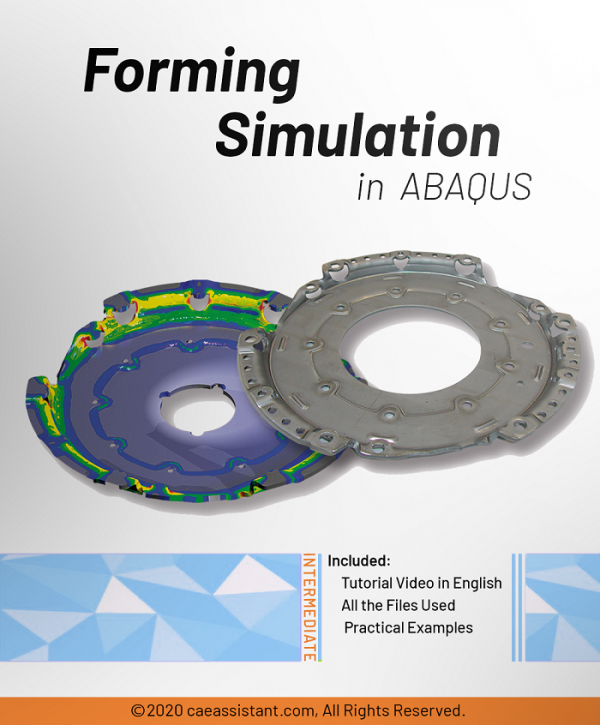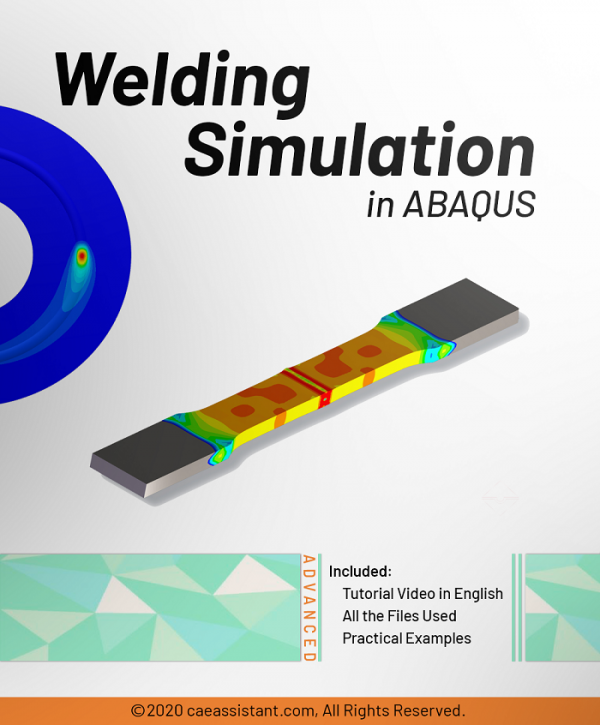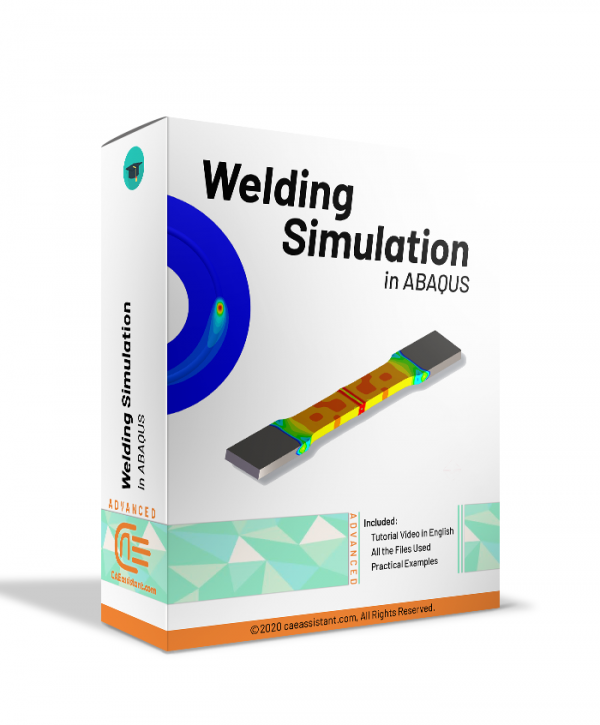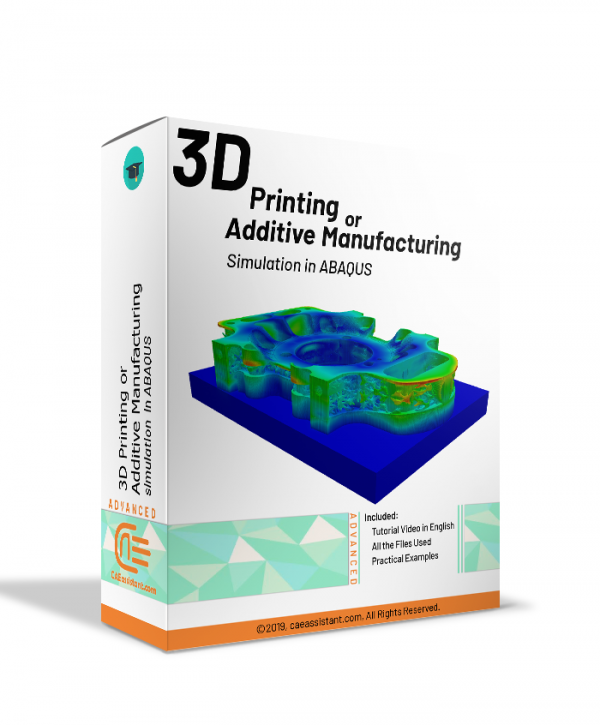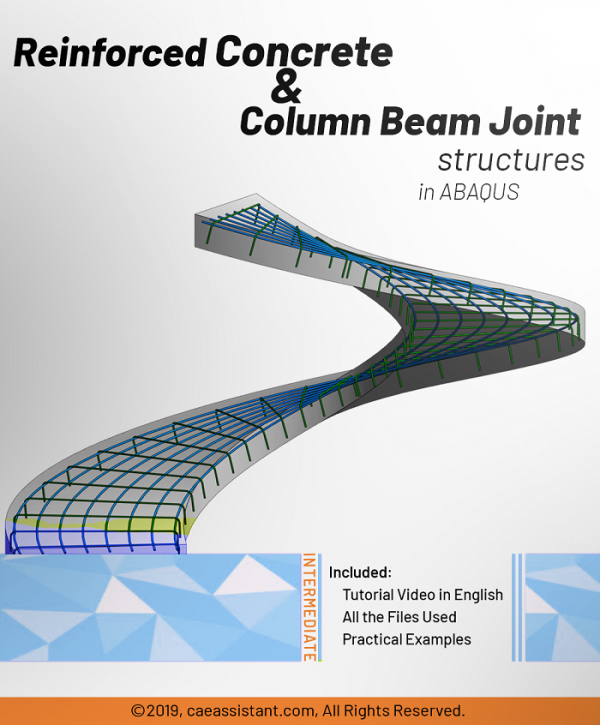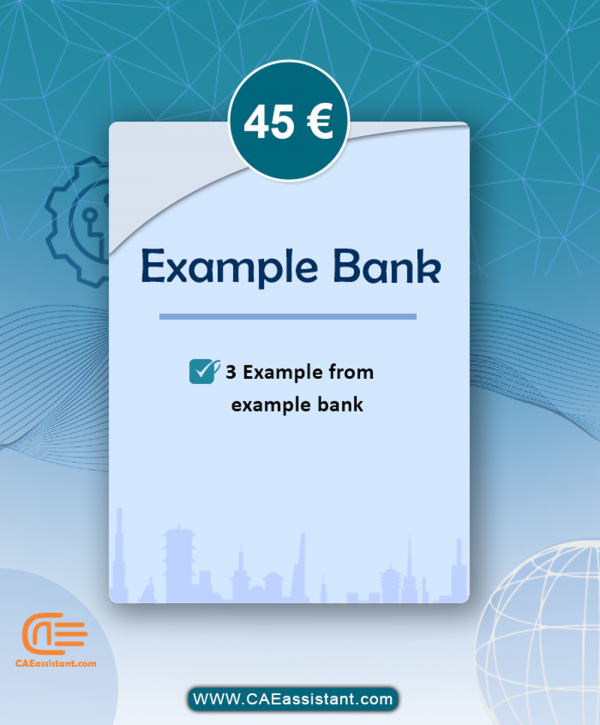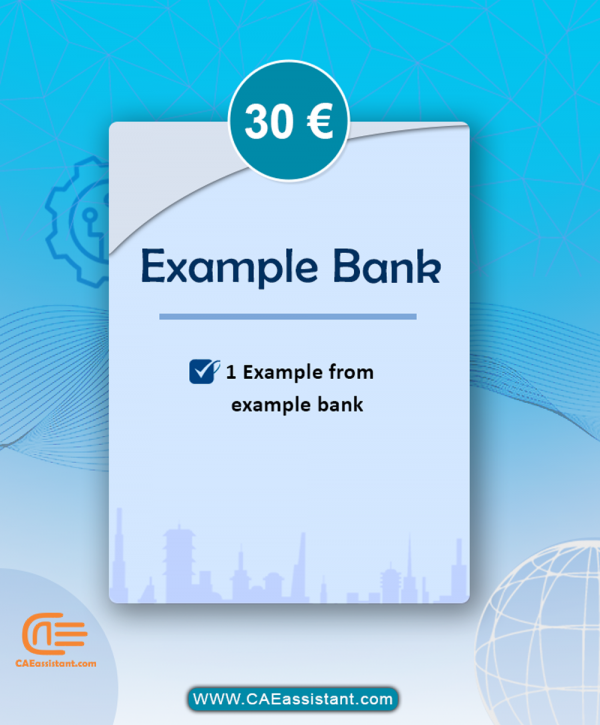Video Shop
UHYPER Subroutine in ABAQUS
Introduction to VFRICTION and VFRIC Subroutines in ABAQUS
This tutorial help you in cases where the classical Columbian equations are more complex and cannot be implemented by the graphical ABAQUS environment. This package introduces and teaches how to write these two subroutines. This introduction contains explaining different optional and mandatory parameters of VFRICTION and VFRIC subroutines.
Optimization in ABAQUS Analysis
Composite Fatigue Simulation with UMAT Subroutine in ABAQUS (unidirectional)
Advanced UMAT Subroutine (VUMAT Subroutine) – Abaqus UMAT tutorial
Introduction to UEL Subroutine in ABAQUS
Linking ABAQUS and MATLAB
Customized Package
Simulation of Unidirectional Composite Damage in ABAQUS
This package introduces and applies various theories to initiate and progress damage in composite materials based on ABAQUS capabilities for different elements. As you know, according to the modeling done by the micro or macro method, the way of defining the Abaqus composite damage completely follows the separate method in ABAQUS. This training package is customized for macro modeling of composite structures.

